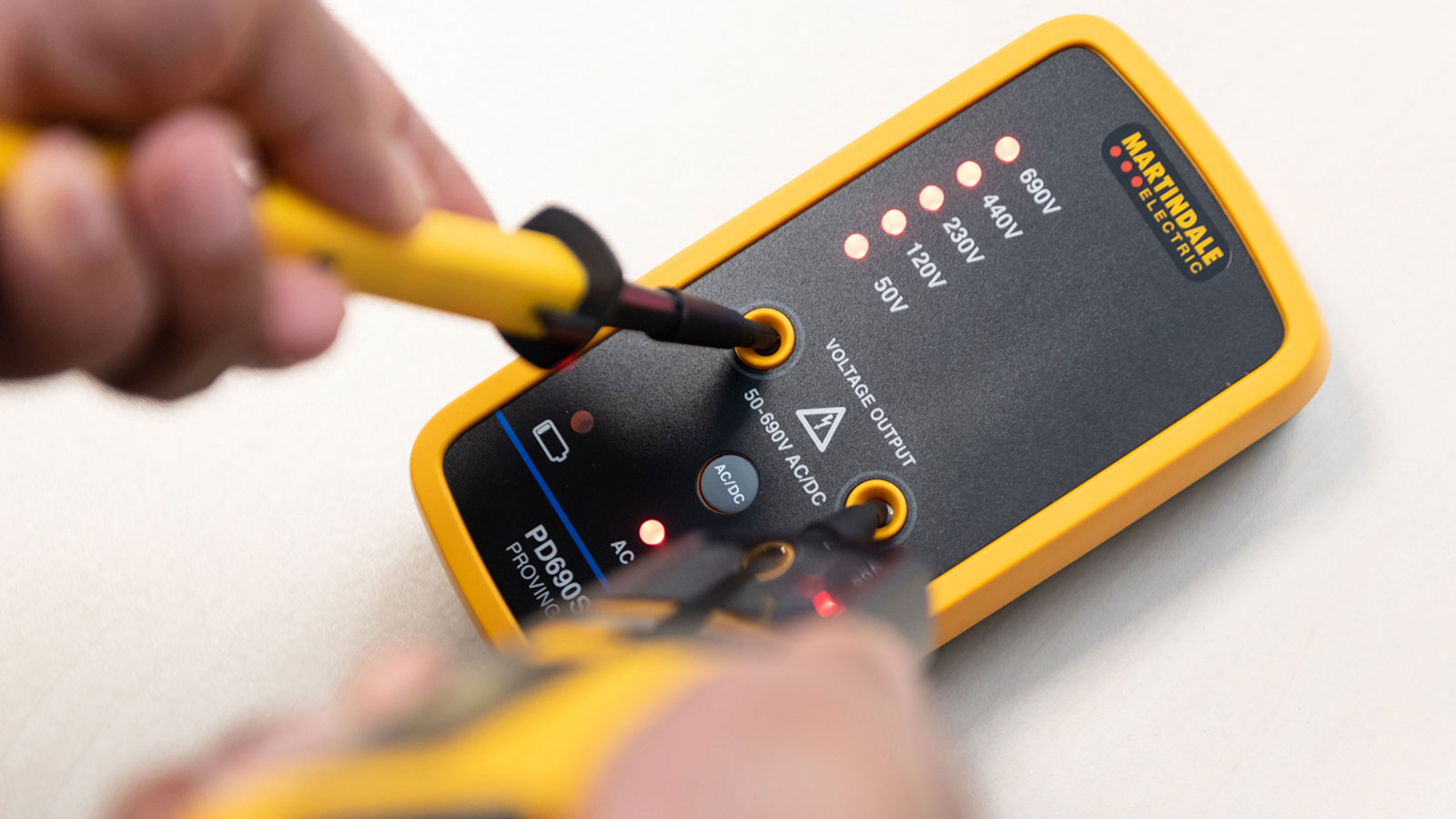To protect against the invisible dangers of live circuits, electricians must rigorously follow safe isolation procedures, using specialised equipment like proving units, says Steve Dunning, Managing Director of Martindale Electric.
Safety is the key consideration when working on or near electrical systems. Procedures must be in place to ensure that workers on site are not exposed to danger. Unfortunately, there have been incidents where failure to use safe isolation procedures has resulted in serious injury and even the needless loss of life.
Engineers, contractors, and electricians will be familiar with safe isolation processes and procedures; however, it is also essential that this knowledge is passed to all workers undertaking work near or on electrical systems.
Safe isolation is the process of ensuring the electrical circuit is completely turned off, and no current is flowing through it before any work is done. Safe isolation procedures must be followed for safety, compliance, and property protection, and to guard against legal issues that could arise from accidents or damage.
Electrical contractors and engineers carry a duty that extends beyond their own safety; they must also protect those around them from the hazards of electrical circuits. Simply putting up a sign or warning other workers isn’t enough to ensure safety. They must use the correct tools and follow the complete safe isolation process, which includes turning off the power, locking it off so it can’t be turned back on accidentally, checking to ensure the power is truly off, and clearly labelling the work area.
Locking off kits
Locking off kits are available to ensure you have all the necessary equipment to lock out the circuit being worked on at hand. There are several locking off kits available on the market; however, a basic kit should include a selection of Miniature Circuit Breakers (MCB) and breaker locks, a padlock with a unique key or combination, a hasp for when more than one person is working on a system, and lockout tags and warning labels.
The padlock used during electrical work should be secured with a unique key or combination to which only the person carrying out the work has access. This ensures nobody else can remove the lock and accidentally turn the power back on. With combination locks that arrive set to zeros, changing this to a new combination is crucial before starting work.
Using a lock that requires a unique key is by far the safest option. Once the power source has been isolated and secured with a lock, a warning tag must be placed on it – this acts as a clear signal that the circuit is out of service and work is in progress. The use of high-quality locks and lock-off components is advisable; simple combination locks can sometimes be less secure.
Proving devices
Verifying the circuit is dead before carrying out any work is essential. To do this, electricians will use a voltage indicator (VI) compliant with BS EN 61243-3.
It is, of course, critical that the VI is working correctly and giving the correct readings; if the indication shows no electricity is present when there is, it could be extremely dangerous.
The most reliable and safest way to check the VI and achieve safe isolation is to use a dedicated proving device. A proving device should be used before an electrician starts working to ensure the VI can correctly tell if electricity is present or not.
While a known live source can be used to test a voltage indicator, there will not always be one available nearby, and it may not check the full indication range of the VI. A dedicated proving unit, however, will, which means the VI can be fully tested.
After the engineer finishes checking the electrical system and believes it to be safe (meaning the circuit is dead), the proving device should be used to test the VI again. This double-check ensures the VI didn’t stop working while being used, proving the circuit is truly dead. It is also essential that the voltage indicator can operate without relying on a battery; a failed battery could cause an incorrect indication of a dead circuit when it is live.
Implementing safe isolation procedures is neither difficult nor expensive and has been proven to save lives and avoid injury. It’s essential for compliance with the Electricity at Work Regulations for safe working when installing and maintaining electrical equipment and systems.
Electricians navigate a high-risk landscape. By rigorously applying safe isolation measures, including the use of locking off kits and proving devices, electricians can ensure that circuits are genuinely dead, preventing tragic accidents and upholding the highest safety standards.


